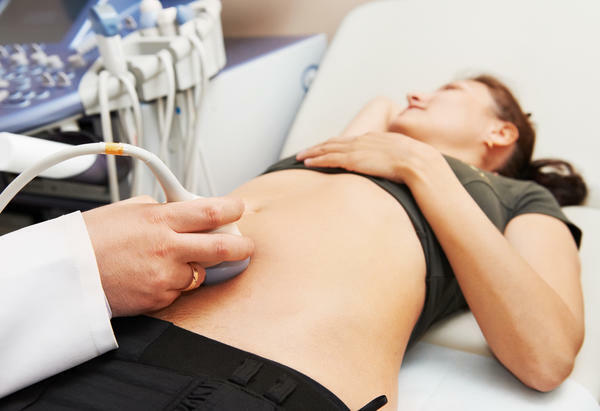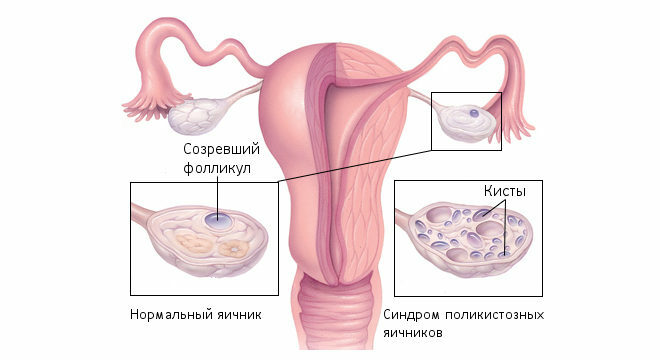Prostatitis is an inflammatory process that occurs for many reasons. Methods of treatment depend on the cause of origin and differ from each other. For proper treatment, it is necessary to determine correctly what caused the disease.
Every third man suffers from this disease, it starts mainly from 25 to 30 years. Approximately 40% of all affected men suffer from a chronic form of prostatitis.
Functions of the prostate
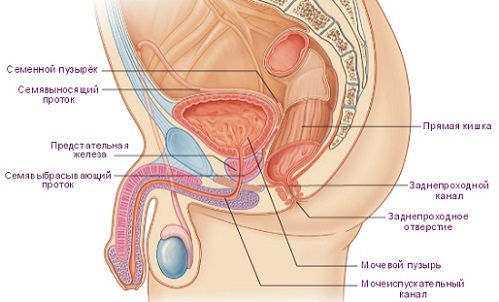
The main function of the prostate is to develop secretions. It is 90% water. The remaining 10% are trace elements, phospholipids, spermine amino acids and proteins.
It maintains a normal alkaline balance in the urethra and sperm. It dilutes the sperm to prevent the spermatozoa from sticking together and is the nutrient medium for them.
How the infection enters the gland:
- With blood from the foci of infection through the venous vessels of the gland.
- Through lymphatic vessels.
- Through the urethra.
Hormonal disruptions in the body, hemorrhoids, varicose in the lower extremities, hernia, alcohol intoxication and diseases such as diabetes mellitus, osteochondrosis, frequent stresses and mental effects on the body contribute to the spread of the infection.
Diagnosis
To determine the onset of the disease, it is possible by the following signs:
- pain in the groin, which gives into the rectum;
- burning in the perineum and in the urethra;
- appears in the urine filiform formations;The erection becomes protracted;
- rapid ejaculation;
- fast fatigue;
- problems with potency;
- problems with going to the toilet "in a small way";
- pain during defecation;
- after urination secret secret with an unpleasant odor;
- frequent urination in the toilet at night;
- inability to empty the bladder to the end;
- elevated body temperature;
- psychological depression.
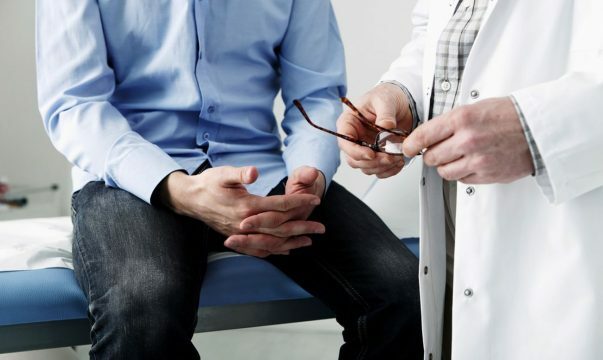
When urinating a man experiences difficulties. When the inflammation increases the prostate and presses on the urinary tract. Because of this, sclerosis of the neck of the bladder develops. If you do not start treatment on time, the situation will be aggravated. This can lead to dysfunction of the genitals and problems in sexual life.
Diagnosis of prostatitis in the home is not so difficult. The main thing is to listen to your body and when suspicions appear you need to see a doctor as soon as possible.
Symptoms do not manifest all together. From the list listed, only a couple of symptoms can arise. If these symptoms are found, you should immediately contact a urologist. The doctor will prescribe the necessary tests and examinations to establish an accurate diagnosis.
Diagnosis of prostatitis is carried out in several steps:
- Collecting information of anamnesis.
- Prostate examination rectally.
- Researches of analyzes in the laboratory.
- Studies using special tools;
Complaints and anamnesis
With the help of questions the doctor finds out from the man the presence or absence of diseases in which symptoms similar to prostatitis appear. Information on the presence of hereditary predisposition to diseases of the prostate gland is specified. If there are men with prostatitis in the family, the chances of getting sick increase many times.
Rectal examination
Conducted by palpation of the prostate through the rectum. This method allows you to accurately determine the changes in the gland.
What the dermatologist pays attention to:
- surface structure;
- reaction with pressure( pain);
- friability and density;
- dimensions and outline of the body.
This procedure does not cause severe pain in men. Severe pain occurs only with acute inflammation of the prostate, in the presence of cracks in the mucosa or the nodes of the hemorrhoid in the anus.
Research in the laboratory
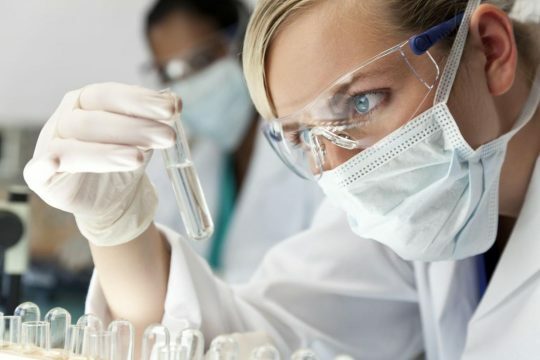
When examining blood and urine, determine the cause of the inflammatory process and other processes taking place in the gland. For the analysis, you will also need a male semen and prostate secretion. Sometimes it is required to pass a biopsy to identify cancer cells.
What the doctor learns from the test results:
- Urine analysis determines the composition of the elements and their number.
- Three-sided sample allows to detect inflammatory processes in the prostate, bladder, urethra and ureters.
- Analysis of the secretion of the gland shows the presence of microorganisms and the ability of the male to continue genus.
- Biopsy will help detect the presence or absence of cancer cells.
Studies with the help of
tools. It includes ultrasound, where the volume, the structure of the prostate gland and the condition of the seminal vesicles are evaluated using a sensor inserted into the rectum. With the help of ultrasound examination in the presence of suppuration it is easy to see. For the examination, magnetic resonance imaging or computed tomography is also prescribed. It allows you to determine the neoplasm and the size of the gland.
Risk group
- Men with sedentary lifestyle;
- with a sedentary work;
- people who suffer from frequent constipation and have had diseases of the genitourinary system;
- with irregular sexual life;
- people who have a large number of sexual partners;
- when consuming alcoholic beverages.
Prostatitis of acute form is practically absent. Men mostly go to the doctor right away. When there is inflammation of the prostate, it almost immediately turns into a chronic form. Rarely can anyone cure the disease after the first exacerbation.
With this disease is not always possible, it turns out, to establish the first time an accurate diagnosis, because the symptoms are, not immediately noticeable and have a sluggish character.
Symptoms are divided into three types according to their nature:
- Pain is manifested by severe burning and pain in the scrotum and bladder.
- Dysuric - manifests itself in the form of problems with urination.
- Sexual - with it there is a breakdown in the functions of the genitals.
In case of problems with the prostate pain gives in the sacrum, perineum and scrotum. The prostate itself does not hurt, but the nerve endings, which are located in close proximity to it, spread unpleasant pains. The strength of such pains can be from weakly aching to strong and intense. But not always the pain in these areas indicates the presence of prostatitis. Pain sensations in the perineum and scrotum can arise from long abstinence or, conversely, from frequent ejaculations. Pain in the sacrum can occur with osteochondrosis.

